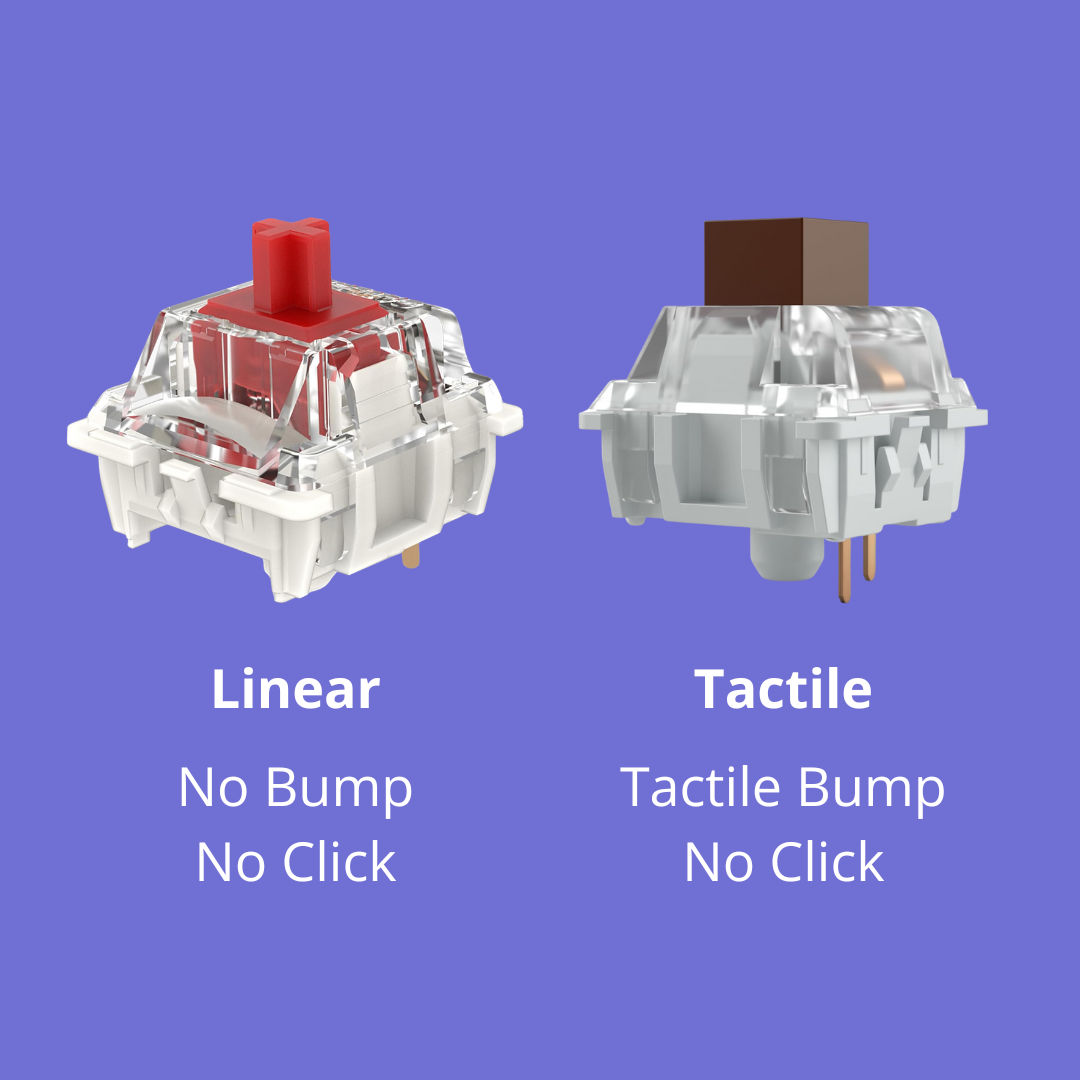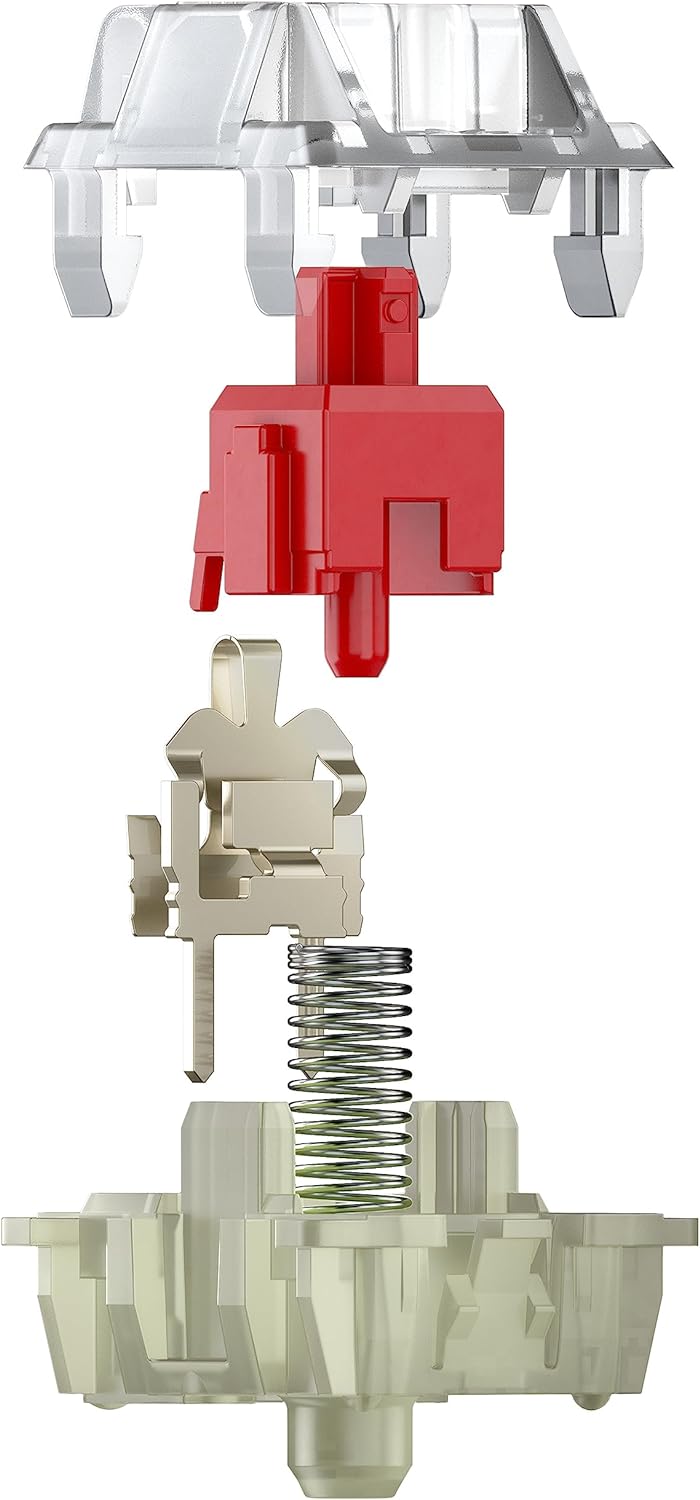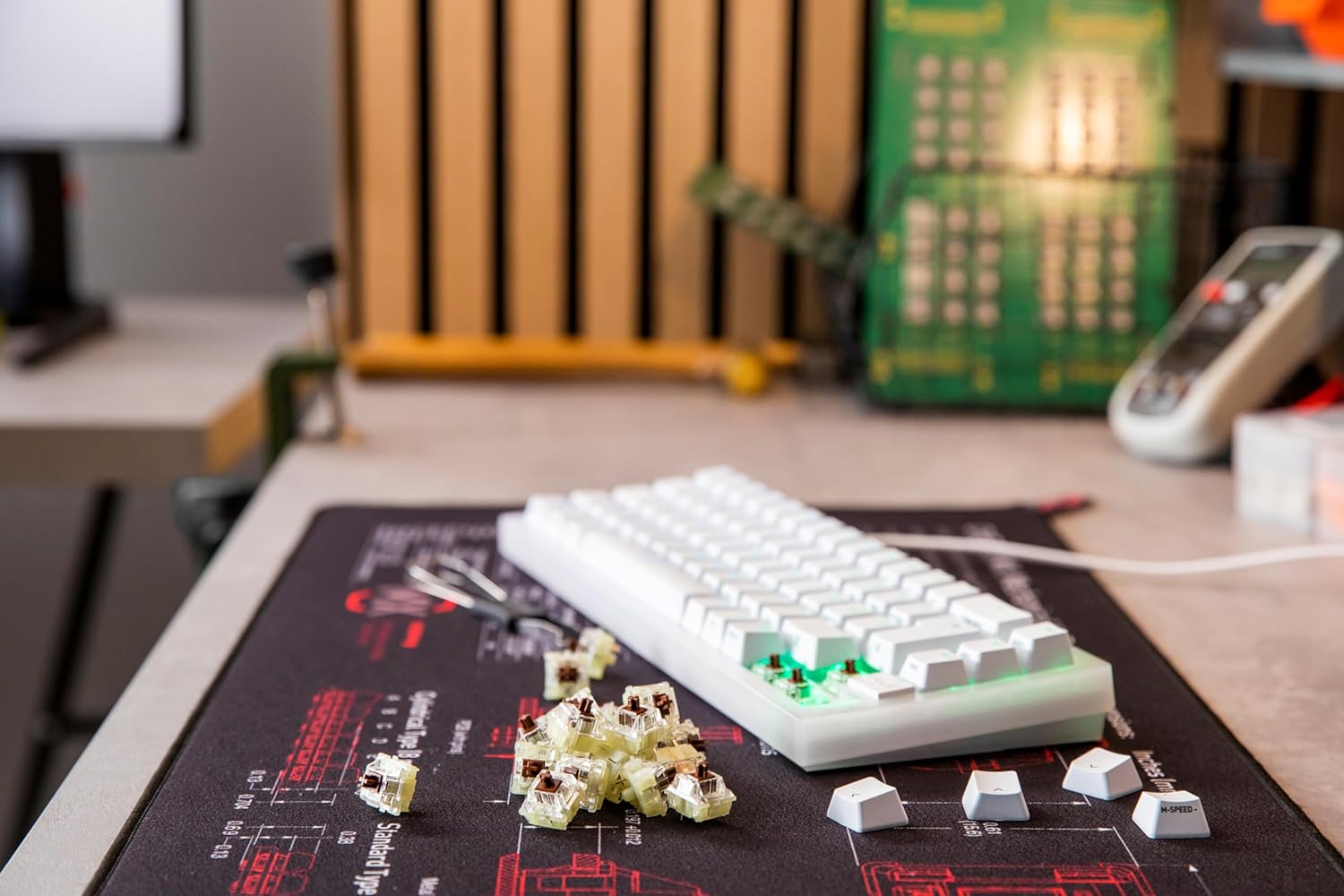Linear vs Tactile Switches: Choosing the Right Feel for Your Mechanical Keyboard
Are you in the market for a new mechanical keyboard but find yourself overwhelmed by the multitude of switch options available? Among the most significant decisions you'll make is choosing between linear and tactile switches. Each type offers a unique typing experience, catering to different preferences and needs. In this blog post, we'll delve into the characteristics of linear and tactile switches, helping you understand their differences and make an informed decision.

Linear Switches: Smooth and Consistent

Linear switches are prized for their smooth and consistent keystroke. Unlike tactile switches, linear switches lack the tactile bump, providing a seamless motion both on the way down and on the way up. This characteristic makes linear switches ideal for tasks requiring rapid and uninterrupted keystrokes, such as gaming and fast typing.
The absence of tactile feedback means that linear switches offer a more predictable typing experience, allowing for precise keypresses without the distraction of a tactile bump. Gamers, in particular, often prefer linear switches for this reason, as they can focus solely on their gameplay without the tactile feedback getting in the way.
Popular examples of linear switches include the Cherry MX Reds, Gateron Reds, and HyperX Reds, each offering a slightly different feel and actuation force to cater to individual preferences.
Tactile Switches: Feedback and Response

Tactile switches, on the other hand, provide users with a tactile bump right before actuation. This bump offers tactile feedback, giving typists a satisfying sensation with each keypress. While tactile switches don't produce an audible click like clicky switches, they offer a discernible bump that signals when the keypress registers.
This tactile feedback can enhance typing accuracy and reduce the likelihood of bottoming out, as typists can adjust their keystrokes based on the tactile sensation. Tactile switches are favored by many typists, especially those who spend long hours typing or prefer a more deliberate typing experience.
Popular tactile switches include the Cherry MX Browns, Oetemu Browns, and Kailh Browns, each providing a distinct tactile feel and actuation force to suit different preferences and typing styles.
Choosing the Right Switch for You
Ultimately, the choice between linear and tactile switches boils down to personal preference and intended use. Consider the following factors when making your decision:
Typing Style: Are you a fast typist who prefers a smooth and consistent keystroke, or do you enjoy the tactile feedback of a bump with each keypress?
Primary Use: Will you primarily use your keyboard for gaming, typing, or a combination of both? Gamers may lean towards linear switches for their responsiveness, while typists may prefer the feedback provided by tactile switches.
Noise Level: Are you concerned about the noise level of your keyboard? While linear switches are generally quieter due to the lack of tactile feedback, tactile switches offer a quieter alternative to clicky switches while still providing tactile feedback.
Ultimately, the best way to determine which switch type is right for you is to try them out for yourself. Consider purchasing a switch tester or testing keyboards with different switch types at a local store to get a feel for what suits you best.
Whether you opt for the smooth and consistent feel of linear switches or the satisfying tactile feedback of tactile switches, choosing the right switch type is essential for maximizing your typing experience. So, take your time, explore your options, and find the switch type that feels just right for you. Happy typing!
Mechanical Keyboard Starter Guide
Ever wanted to learn about or build your own mechanical keyboard? This guide will show you everything you need to know.
Learn More